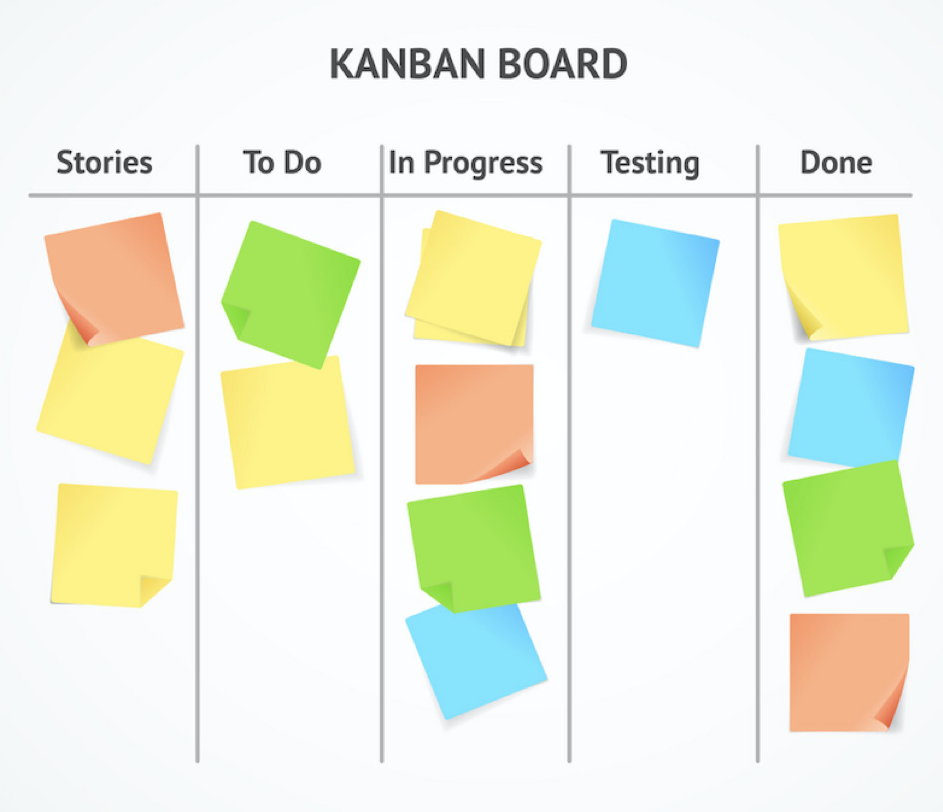|
When I introduce myself as a kanban consultant I sometimes get a puzzled look back. So here are some thoughts on the subject. Kanban coaching consultants (or just kanban consultant) play a vital role in helping organisations adopt and implement the Kanban Method effectively. As a Kanban consultant I help teams and organisations to:
When we talk about the Kanban method, we need to clarify some points for there are many definitions out there and not all of them are in agreement with me. The Kanban Method is a strategy for managing and improving the flow of work. It’s a workfolow management method that helps teams deliver work quickly and efficiently. It is based on the principles of visualisation, limiting work in progress (WIP), focusing on flow, and continuous improvement. Visualisation The first thing we want to do is to visualise the workflow by using a Kanban board. It is very important to define the when work goes in progress and when it gets to Done. It is also important to know the policies of when work items change statuses. The Kanban board should identify the different stages of work, and where each item of work is currently located. This helps teams to see the flow of work, track the age of work items, identify bottlenecks, and make changes to the flow in order to improve it. Limiting WIP Kanban teams sometimes decide to limit the amount of work in progress (WIP). This can be done at each stage of the workflow or for all WIP stages. Limiting WIP can help ensure that teams are not overloaded and that work is flowing smoothly through the system. Focusing on flow In a kanban team, we need to establish a culture of focusing on improving the flow of work through the system. This means identifying and removing bottlenecks, monitoring work item age and focusing on aging items, and ensuring that teams are able to pull work into the system as they have capacity. Continuous improvement It is important for a Kanban team to establish a continuous innovation way of working and to continuously look for ways to improve their workflow. The team will use short feedback loops to identify areas for improvement and then implement changes to test and validate their hypotheses. You may have heard about the four Kanban principles before. I am also aware that there are other similar lists but since I think they are still valid I thought I’d include them here.
Why would you want to implement Kanban - Benefits of the Kanban Method The Kanban Method offers a number of benefits, subject to a good implementation:
Tips for implementing the Kanban Method There are a number of guides on the internet about how to implement Kanban. If there is one that I can endorse that would be the ProKanban and Daniel Vacant one. Below is a shortlist of what you might want to do:
Being a Kanban coaching consultant is a challenging but rewarding career. You have the opportunity to work with a variety of teams and organisations, helping them to achieve their goals and become more agile and efficient.
Book a call with me to discuss your Kanban coaching needs. |
Welcome to our blog!About the authorPlamen is a LeanStack coach and an experienced Software Delivery consultant helping organisations around the world identify their path to success and follow it. Archives
May 2024
Categories
All
|


 RSS Feed
RSS Feed
